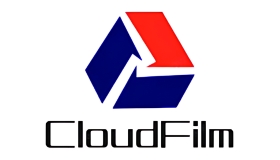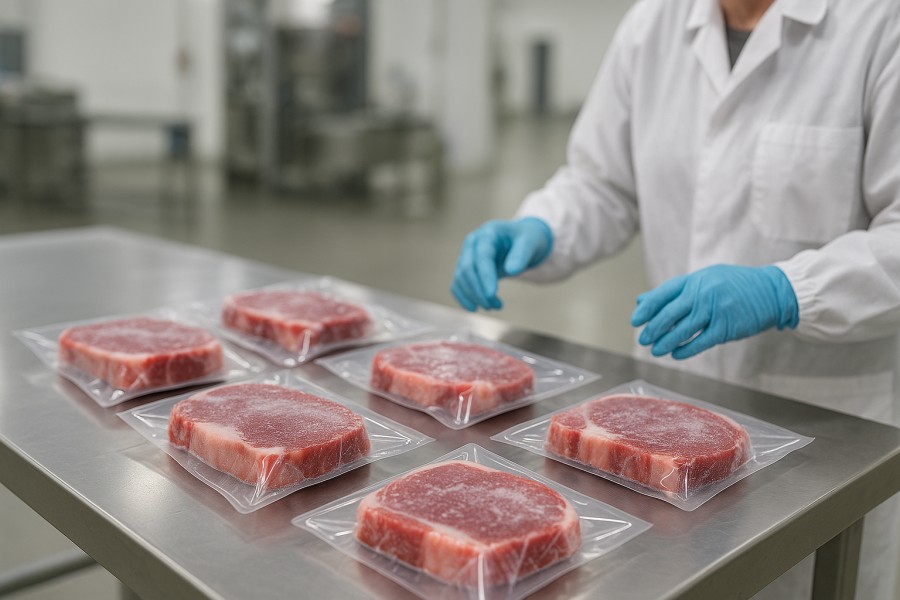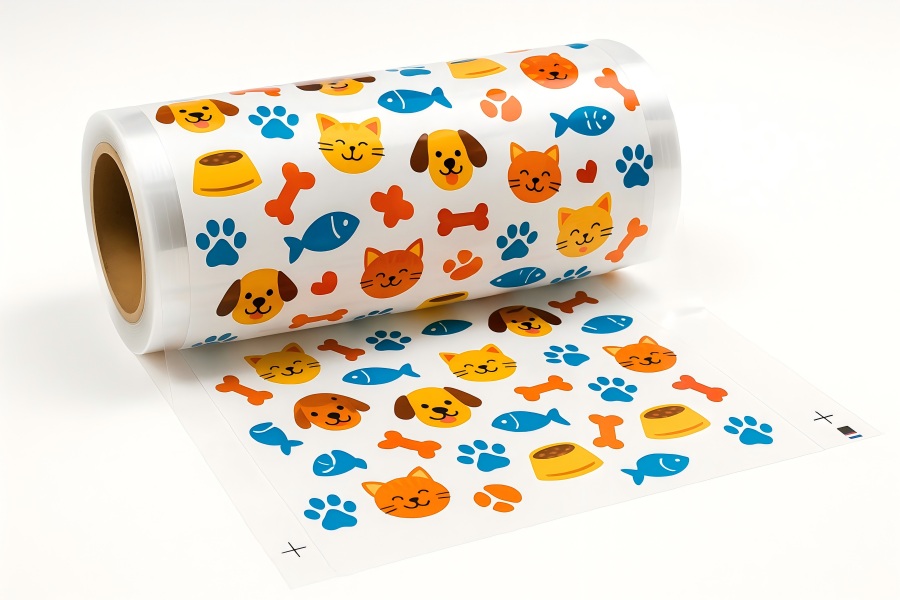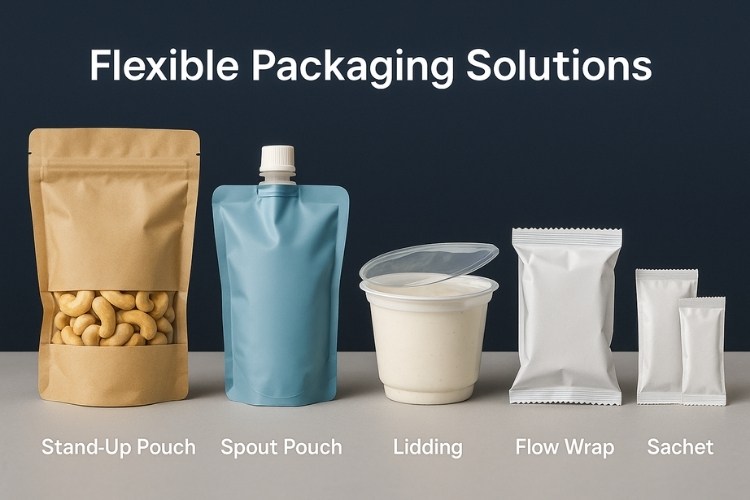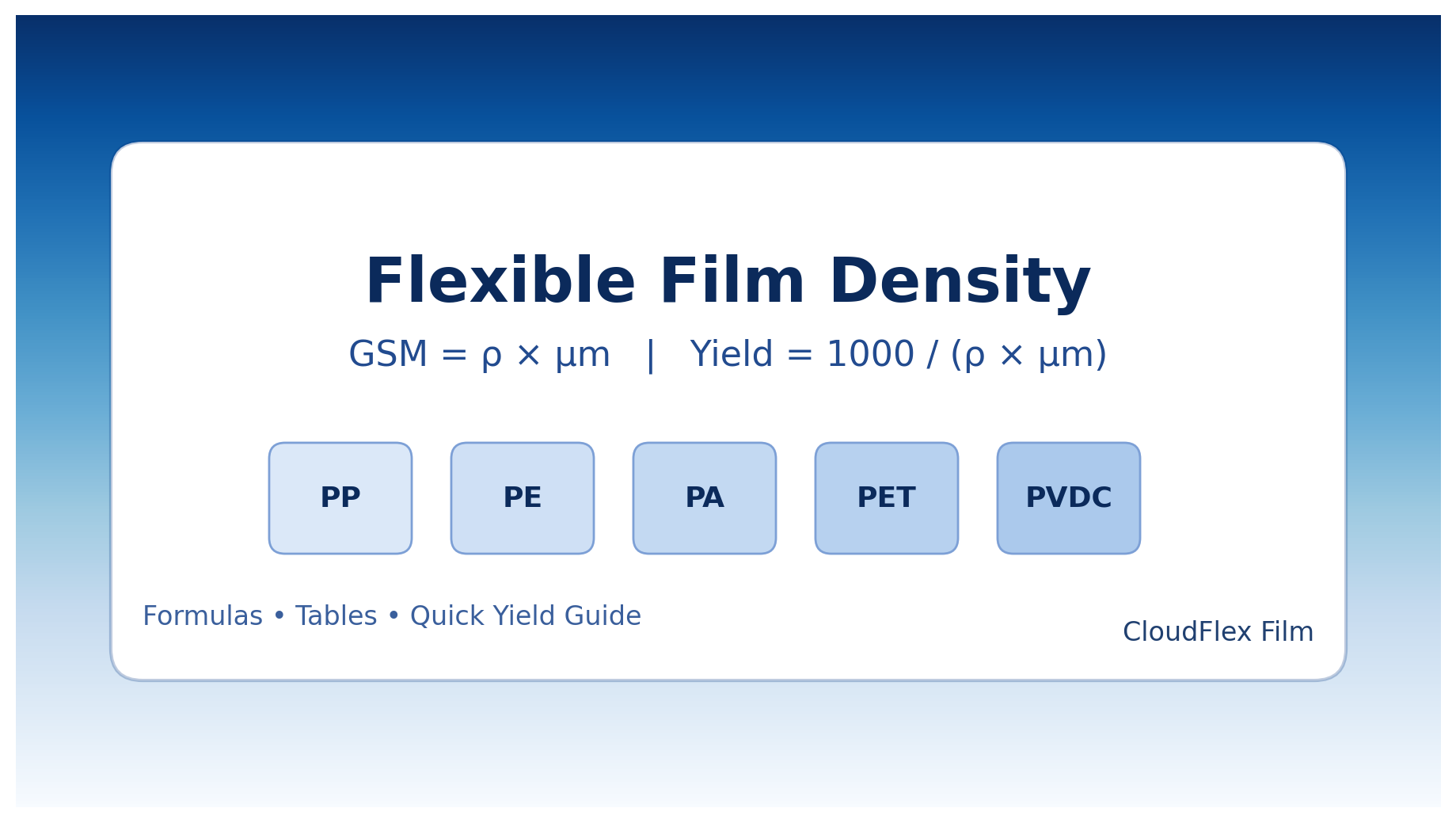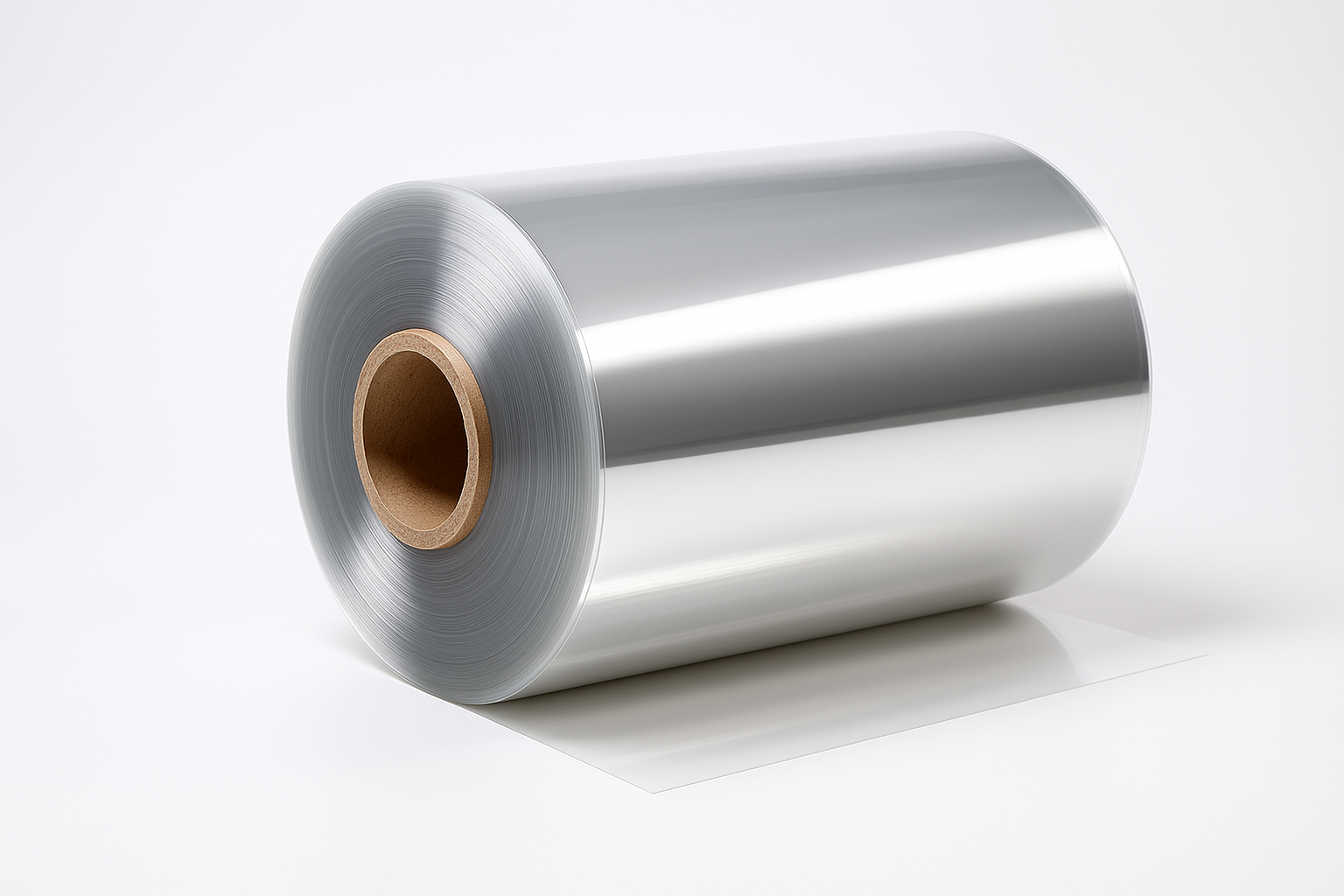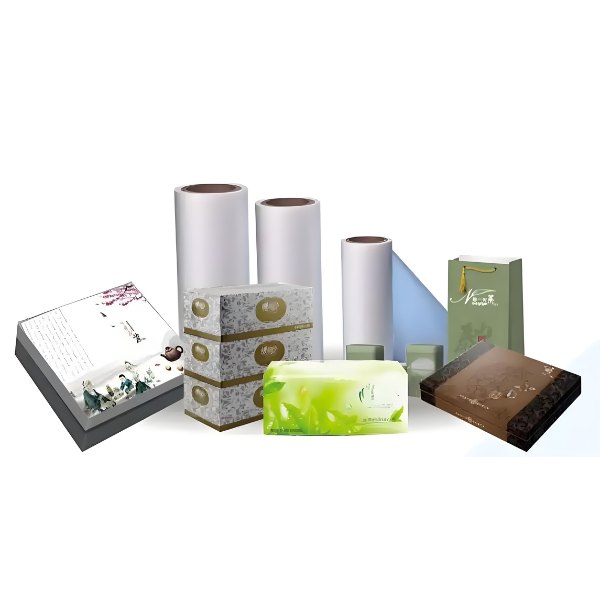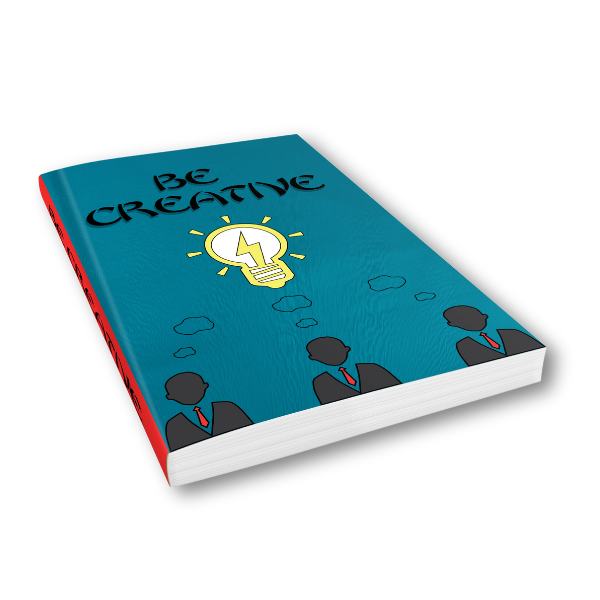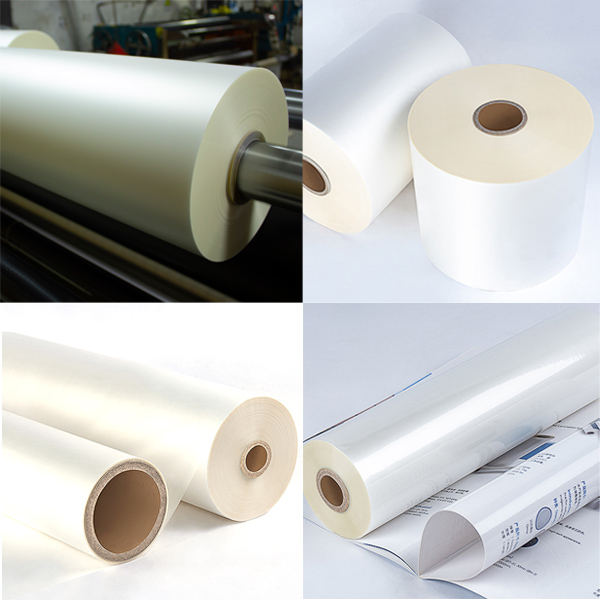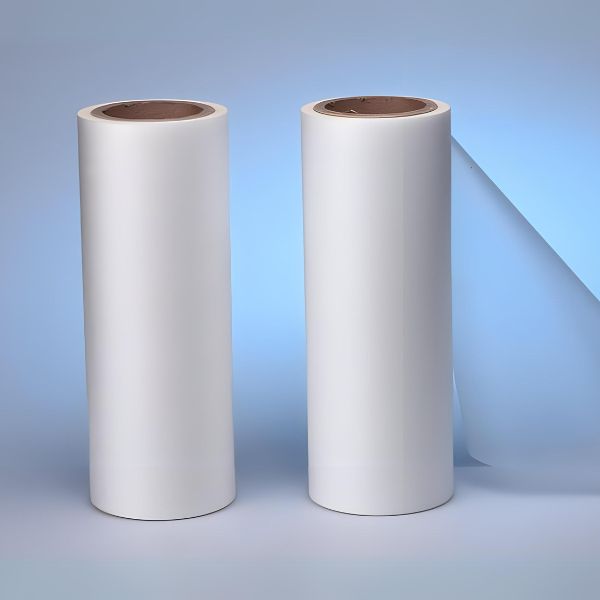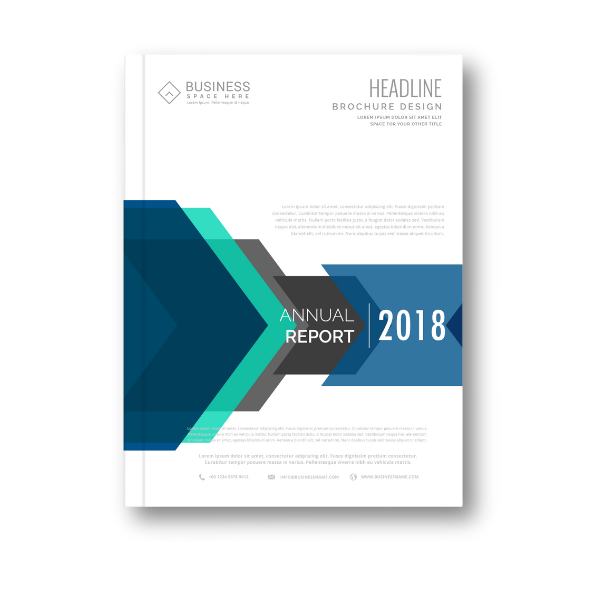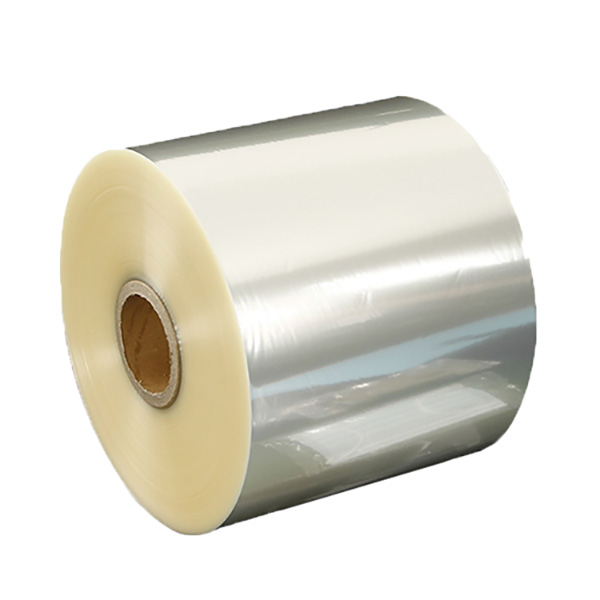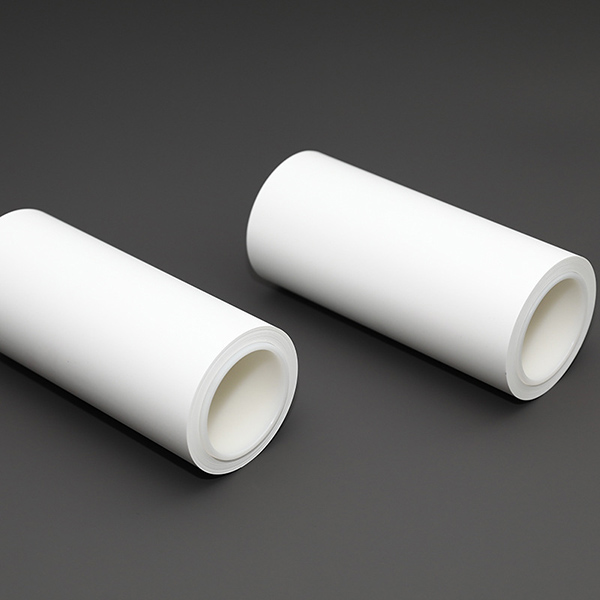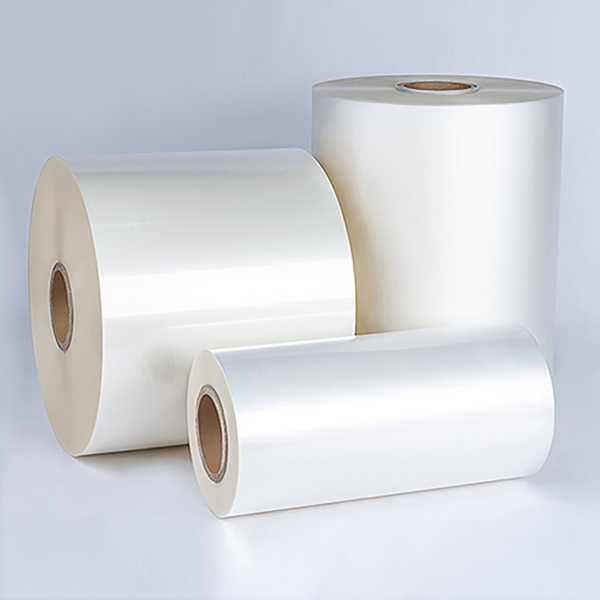Introduction to Matte Lamination
In the world of printing and packaging, first impressions matter. Whether it’s a luxury product box, a premium business card, or a high-end publication, the finish can make or break the perceived value of your product.
Among the various finishing techniques available, matte lamination has emerged as a popular choice for brands seeking to combine sophistication with functionality. This non-reflective, velvety finish not only enhances the visual appeal of printed materials but also provides durable protection against daily wear and tear.
But what exactly is matte lamination, and why are so many brands across industries embracing it? This comprehensive guide will explore everything you need to know about matte lamination, from its production process and benefits to its applications and how it compares to other finishes.
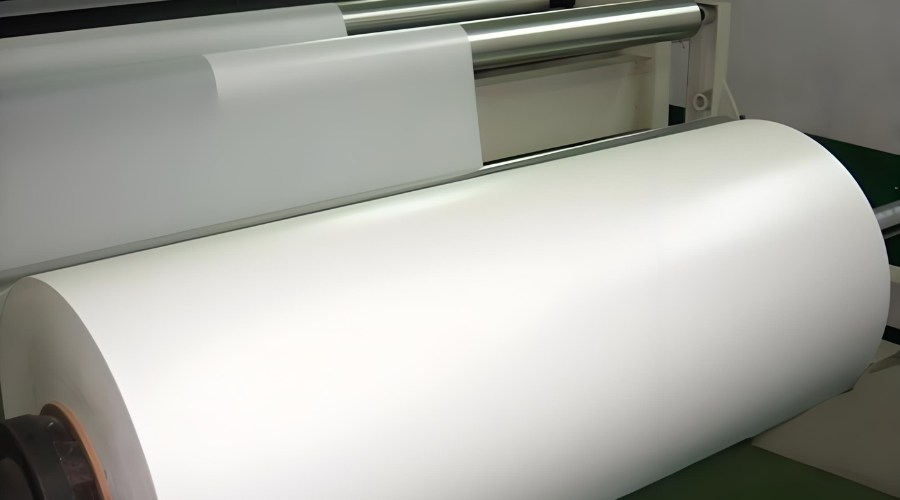
What is Matte Lamination? Process and Technical Specifications
Matte lamination is a finishing process that involves applying a thin, non-glossy plastic film to the surface of printed materials using heat, pressure, or adhesive. This results in a smooth, non-reflective surface that reduces glare while adding a premium feel to the finished product.
The process transforms ordinary printed materials into sophisticated, tactile experiences that appeal to both visual and tactile senses.
The Step-by-Step Process:
-
Surface Preparation: The printed material is inspected and cleaned to ensure it is free from dust, dirt, or imperfections that could affect the lamination quality.
-
Film Application: A specialized lamination machine applies the matte film to the printed surface. The film can be bonded using heat, pressure, or adhesive, depending on the specific method.
-
Drying and Finishing: After application, the material is allowed to dry completely to ensure proper adhesion. It is then trimmed and finished as required.
Technical Specifications:
Matte lamination is available in various thicknesses and materials to suit different applications:
| Parameter | Specification | Application |
|---|---|---|
| Material Types | PET (Polyethylene Terephthalate) | Heavy-duty laminates |
| EVA (Ethylene-Vinyl Acetate) | Light-weight laminates | |
| Minimum Paper Weight | 105 gsm | All applications |
| Application Method | Heat and pressure | Both sides possible |
| Thickness Range | 1.5 mil to 10 mil | Varies by use case |
Table 1: Technical specifications of matte lamination
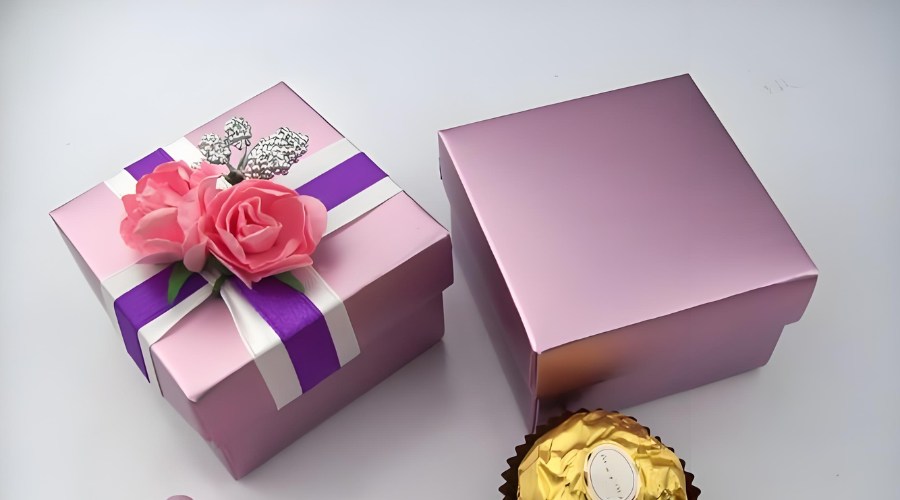
Key Benefits and Advantages
Matte lamination offers a unique combination of aesthetic elegance and practical functionality. Here are some of its most notable benefits:
-
Sophisticated Appearance: Matte lamination provides a soft, non-reflective finish that exudes professionalism and luxury. Unlike glossy finishes, it does not shout for attention but rather whispers elegance, making it ideal for high-end branding.
-
Enhanced Durability: This finish acts as a protective layer, shielding printed materials from scratches, fingerprints, moisture, and other external elements. It extends the lifespan of printed products, making them suitable for frequent handling.
-
Reduced Glare: The non-reflective surface ensures that content remains easily readable under various lighting conditions. This is particularly useful for materials such as menus, brochures, and signage displayed in brightly lit environments.
-
Fingerprint Resistance: Matte surfaces are excellent at hiding smudges and fingerprints, maintaining a clean and pristine appearance even after frequent handling.
-
Tactile Experience: The velvety texture of matte lamination adds a tactile dimension to printed materials, making them pleasant to touch and handle. This enhances the overall user experience.
-
Sustainability: Many matte laminates are now made from recyclable or biodegradable materials. Additionally, water-based adhesives and energy-efficient manufacturing processes reduce their environmental impact.
Popular Applications and Use Cases
Matte lamination is incredibly versatile and finds applications across numerous industries. Some of the most popular uses include:
-
Luxury Packaging: Matte lamination is widely used for high-end product boxes, especially for cosmetics, jewelry, electronics, and other premium goods. It adds a touch of sophistication and protects the packaging from scratches and scuffs.
-
Business Collateral: Business cards, letterheads, and envelopes often feature matte lamination to convey professionalism and elegance. The finish enhances the perceived value of the brand.
-
Publishing Industry: Book covers, especially for art books, coffee table books, and premium editions, benefit from matte lamination. It provides a stylish alternative to glossy finishes while offering durability and a sophisticated appearance.
-
Marketing Materials: Brochures, catalogs, and flyers use matte lamination to improve readability and create a premium look. The non-reflective surface ensures that text and images are clear and easy to view.
-
Restaurant Menus: Matte lamination is ideal for menus because it resists moisture, stains, and fingerprints. Its ability to be easily wiped clean makes it practical for use in busy dining environments.
-
Specialty Items: This finish is also used for card decks (e.g., tarot cards, flash cards), art prints, posters, and packaging inserts.
Comparison with Gloss Lamination
When deciding between matte and gloss lamination, it is essential to consider the specific needs of your project. Below is a comparison table highlighting the key differences:
| Feature | Matte Lamination | Gloss Lamination |
|---|---|---|
| Visual Effect | Subtle, non-reflective finish | Bold, reflective, and vibrant |
| Tactile Feel | Velvety, smooth | Slick, shiny |
| Glare | Minimal to none | High, especially under light |
| Color Vibrancy | Muted, sophisticated | Enhanced, vibrant |
| Fingerprint Resistance | High, hides smudges | Low, shows smudges easily |
| Durability | Good protection against scratches and scuffs | Better protection against moisture and stains |
| Ink Receptivity | Suitable for writing | Difficult to write on |
| Cost | Generally more expensive | More economical |
Table 2: Matte vs. Gloss Lamination

When to Choose Matte Lamination:
-
For a sophisticated, high-end look.
-
When readability under bright lighting is important.
-
For materials that require writing or personalization.
-
When fingerprint resistance is a priority.
When to Choose Gloss Lamination:
-
For vibrant, eye-catching colors.
-
When maximum protection against moisture and stains is needed.
-
For projects with budget constraints.
FAQs about Matte Lamination
-
Is matte lamination durable?
Yes, matte lamination provides excellent protection against scratches, moisture, and daily wear and tear. With proper care, matte laminated materials can last for years without significant degradation. -
Can matte laminated materials be recycled?
Most matte laminated papers cannot be recycled through standard programs due to the plastic film. However, some newer eco-friendly options are designed to be more recyclable or biodegradable. -
Is matte lamination waterproof?
While matte lamination provides water resistance, it is not completely waterproof. It will protect against spills and light moisture but is not suitable for prolonged water exposure. -
Can you write on matte laminated surfaces?
Standard pens and markers may not work well, but specialized permanent markers designed for non-porous surfaces can be used. -
Does matte lamination affect color appearance?
Yes, matte lamination may slightly mute or soften colors compared to gloss lamination or unlaminated prints. This effect should be considered during the design phase. -
What is the minimum paper weight for matte lamination?
The minimum paper weight required for matte lamination is typically 105 gsm. Thinner papers may not be suitable for this process. -
How does matte lamination compare to soft touch lamination?
Soft touch lamination is similar in appearance to matte but offers an even softer, velvety texture. It is often considered more luxurious and is highly resistant to fingerprints and scratches.
Conclusion and Company Marketing
Matte lamination is more than just a finishing technique; it is a powerful tool for enhancing the perceived value and durability of your printed materials. Its ability to combine elegance with practicality makes it a preferred choice for brands aiming to make a lasting impression.
Whether you are designing luxury packaging, professional business collateral, or high-end publications, matte lamination offers a sophisticated solution that meets both aesthetic and functional needs.
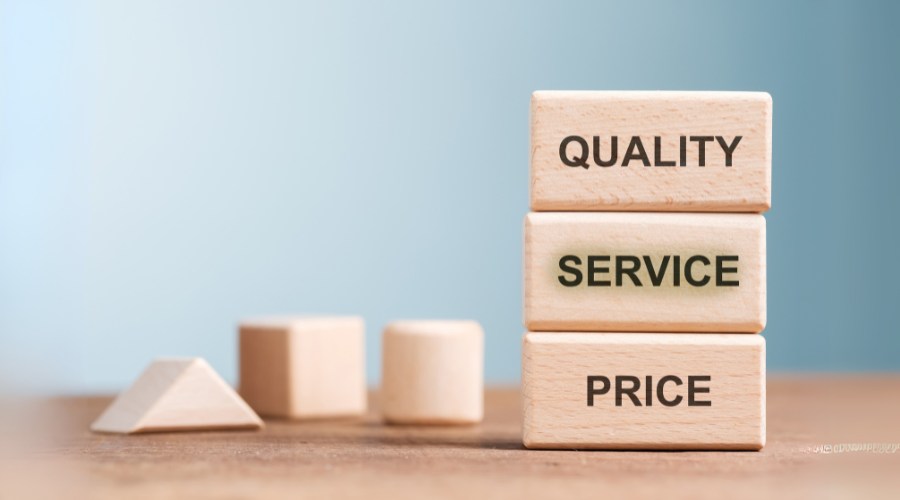
About CloudFilm:
At CloudFilm, we specialize in providing high-quality matte lamination services that elevate your prints to premium standards. Our state-of-the-art technology and expertise ensure a flawless, durable finish that protects and enhances your products.
Whether you need custom packaging, marketing materials, or specialized prints, CloudFilm delivers exceptional results with a commitment to sustainability. Choose CloudFilm for a finish that combines elegance, protection, and eco-conscious innovation. Contact us today to transform your vision into reality.
